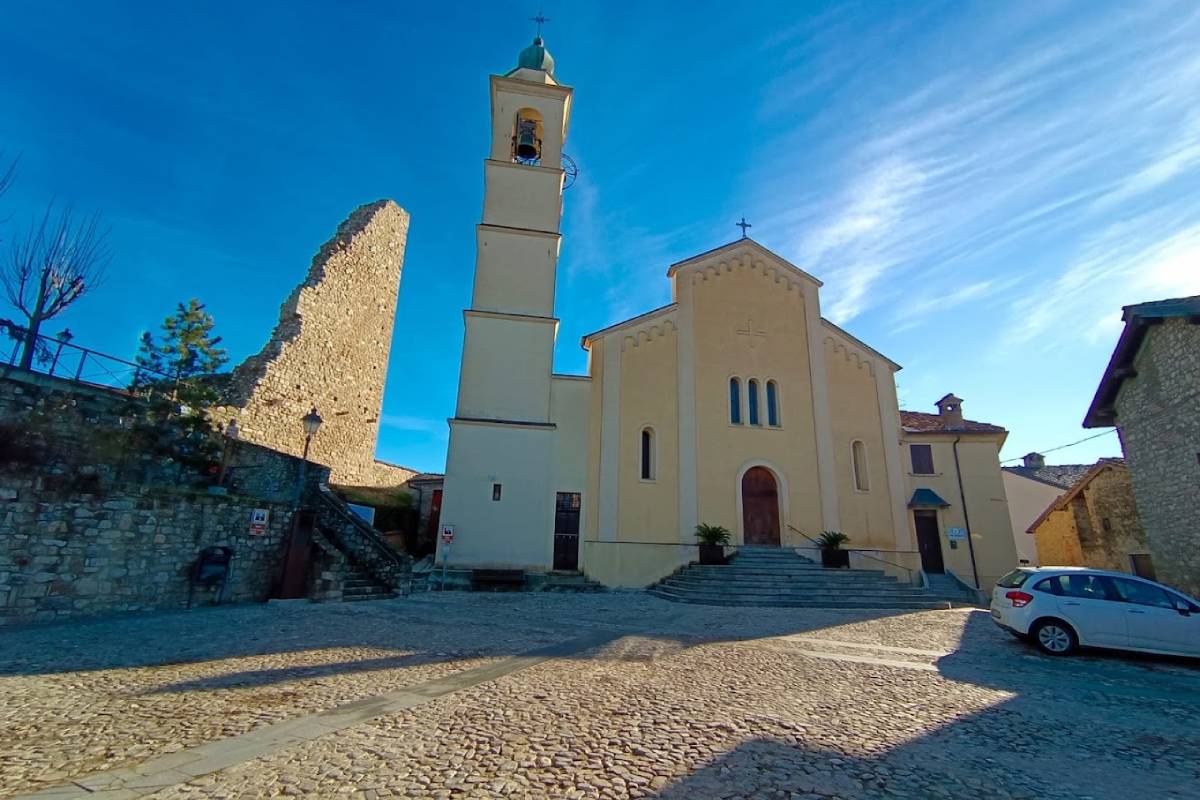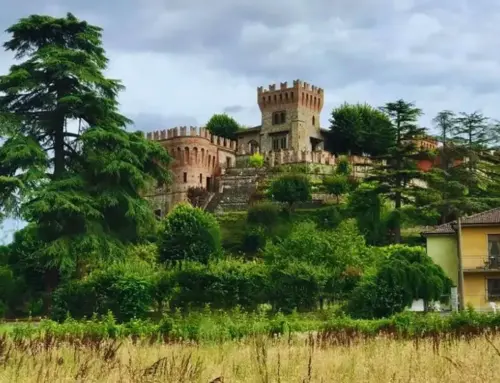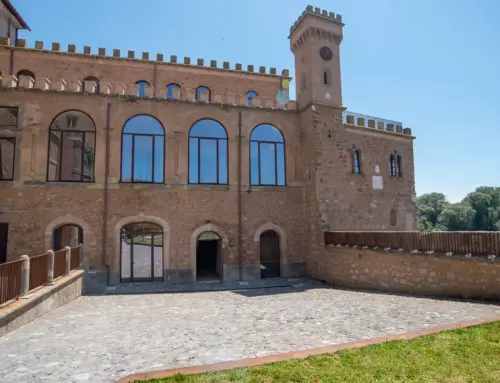Bagnaria, an enchanting medieval village in the Oltrepò Pavese region, stands out for its scenic location on a rocky spur overlooking the valley of the Staffora stream. This corner of history and culture is renowned for two remarkable landmarks: the Fieschi Doria Tower, an ancient watchtower, and the Church of Saint Bartholomew the Apostle, a Romanesque masterpiece. Both are must-see attractions for lovers of cultural tourism, medieval architecture, and local history.
The Fieschi Doria Tower: A Testament to Medieval Defense
Built in the 10th century, the Fieschi Doria Tower served a strategic role in monitoring and protecting the surrounding territory. Its elevated position made it a crucial lookout point for the defense of the village and the communication routes of the time. Although much of the structure was destroyed by the 1828 earthquake, remnants of the fortification are still visible today, including the quadrilateral perimeter, a low wall along the northwest side, and a second plateau enclosed by walls.
In 2021, the tower underwent a conservation restoration, promoted by the local administration, with the goal of preserving its historical integrity and making it more accessible to visitors. Today, it stands as one of the most significant examples of the medieval defensive system in Oltrepò Pavese, attracting tourists, historians, and military architecture enthusiasts.
The Church of Saint Bartholomew the Apostle: A Romanesque Masterpiece
Located in the heart of Bagnaria, the Church of Saint Bartholomew the Apostle is a perfect example of Lombard Romanesque architecture, dating back to the second half of the 12th century. Its west-facing façade features distinctive elements such as decorative pilasters, a harmonious central triforium, and an entrance portal flanked by two single-lancet windows. In the 17th century, the church underwent significant expansions, including the addition of side aisles and the reconstruction of the vaults, while in 1880 the bell tower was built.
The earthquake of June 29, 1945 caused severe damage to the structure, requiring reinforcement work between 1946 and 1947 by the Civil Engineering Department. Later, in 1975, artist Bedeschi from Varzi restored the interior decorative elements. Today, the church has three naves with round arches supported by solid pillars, while the presbytery, covered by a barrel vault, ends with a square apse of great visual impact.
The Bell Tower: Elegance and a Symbol of Faith
Attached to the church stands the bell tower, a slender structure with a square base, divided into sections by string courses. The belfry, featuring single-lancet windows on each side, is topped by an onion-shaped dome resting on an octagonal drum, giving the entire complex a unique and distinctive silhouette.
Why Visit the Fieschi Doria Tower and the Church of Saint Bartholomew
Located in Piazza San Bartolomeo in Bagnaria (PV), the Fieschi Doria Tower and the Church of Saint Bartholomew the Apostle are key destinations for anyone wishing to immerse themselves in the medieval history of Oltrepò Pavese. The panoramic location offers breathtaking views of the surrounding valley, making the experience even more captivating. The proximity to other historical and natural attractions makes Bagnaria an ideal destination for a cultural visit full of discovery.
Conclusion
The Fieschi Doria Tower and the Church of Saint Bartholomew the Apostle embody the history and tradition of Bagnaria, a village that preserves the charm of its medieval past. Thanks to recent restorations and the enhancement of its historical heritage, these monuments are now easily accessible and represent one of the area’s main tourist attractions. Visiting Bagnaria means taking a journey through time to discover the cultural roots of Oltrepò Pavese, among historical fortifications and fine religious architecture.
Discover Bagnaria and be enchanted by its historical heritage!





